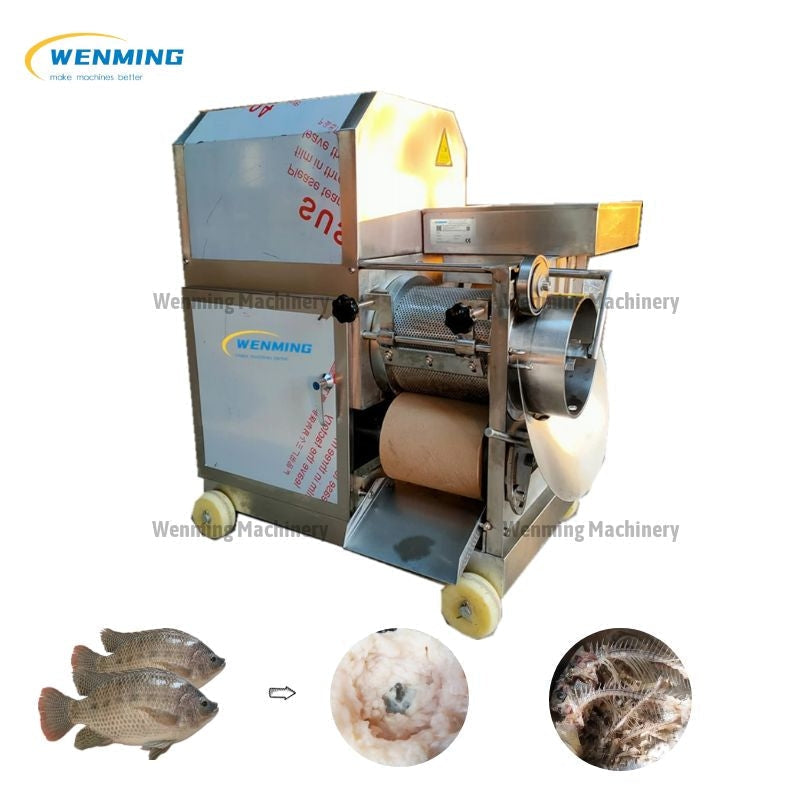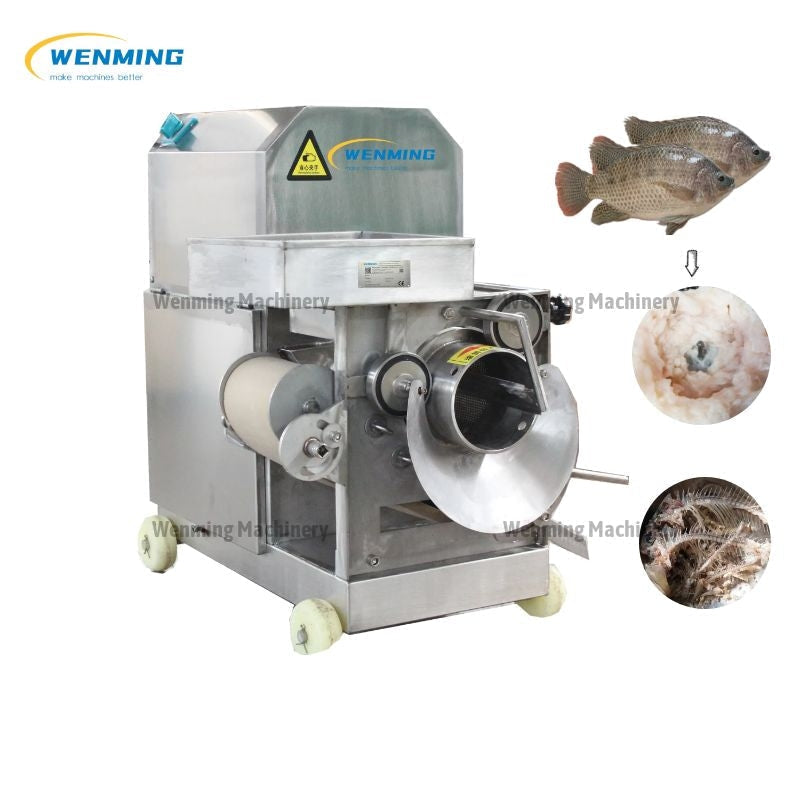10 years of experience as a food machinery equipment manufacturer
10 years of experience as a food machinery equipment manufacturer
The global seafood industry continually seeks innovative solutions to enhance efficiency, maximize yield, and improve product quality. Central to these efforts in fish processing is the technology of meat separation. A fish meat separator, often referred to as a deboner or a bone separator, is a crucial piece of equipment designed to mechanically remove fish flesh from bones, skin, and fins. While this technology is utilized worldwide, its application and adaptation in regions with significant fishing industries, such as Peru, warrant particular attention due to the unique characteristics of their catches and processing needs.

Traditional methods of fish deboning are often labor-intensive, time-consuming, and can result in considerable wastage of valuable fish meat. Manual filleting, while precise for certain high-value products, may not be economically viable for all species or for processing large volumes, especially smaller fish or those with complex bone structures. This can lead to underutilization of certain catches and a lower overall recovery rate of edible protein. In a country like Peru, which boasts one of the world’s most productive marine ecosystems and a diverse range of fish species, optimizing resource utilization is paramount for both economic sustainability and food security.
The term “Peruvian fish meat separator” can be understood to describe machinery particularly suited for, or adapted to, the types of fish commonly harvested in Peruvian waters and the operational scales of its processing plants. These machines are engineered to efficiently retrieve fish meat that would be difficult or uneconomical to recover through manual means. The core principle involves pressing fish – either whole, headed and gutted, or frames remaining after filleting – against a perforated surface, typically a drum. The softer fish meat is extruded through the perforations, while the harder components like bones and skin are retained and discharged separately.
The resulting product is minced fish meat, also known as comminuted fish meat or fish mince. This versatile raw material can then be used to produce a wide array of value-added products, significantly expanding the market potential beyond traditional whole or filleted fish. For Peru, with its abundant catches of species like anchoveta (Peruvian anchovy), hake (merluza), mackerel (caballa), jack mackerel (jurel), and bonito, such technology offers a pathway to upgrade a portion of these resources into higher-value food items for both domestic consumption and export.
Modern fish meat separators designed for robust performance, such as those that would be beneficial in the Peruvian context, typically incorporate several key features:
The mechanism usually involves a flexible, high-tensile strength belt that presses the fish against the outer surface of a rotating, perforated stainless-steel drum. As the drum rotates, the fish meat is squeezed through the holes into the interior of the drum, from where it is typically augered out. The bones, skin, and fins, being too large or rigid to pass through the perforations, are carried along the outer surface of the drum and scraped off into a separate waste chute.
The adoption and effective utilization of fish meat separation technology can bring numerous benefits to Peru’s extensive seafood industry:
The minced fish obtained from a separator has a multitude of applications. It can be used directly in fresh or frozen form, or as an ingredient in more complex food preparations. Common applications include:
While the benefits are substantial, processors considering the adoption of fish meat separators need to evaluate several factors. The initial capital investment for the machinery can be significant, varying with capacity and sophistication. Operator training is necessary to ensure correct operation, adjustment for different species, and proper maintenance to maximize the machine’s lifespan and performance. Furthermore, integration into existing processing lines requires careful planning. The quality of the input material also affects the output; fish must be fresh and properly handled to ensure the minced product meets quality and safety standards. Temperature control during the separation process is also important to minimize microbial growth and preserve the meat’s texture and flavor.
For Peru, a nation with a rich maritime heritage and a fishing sector that is a cornerstone of its economy, technologies like advanced fish meat separators are not just tools for efficiency but enablers of greater economic and social value. By allowing for more complete utilization of its diverse fishery resources, including species that are currently underutilized for direct human consumption, these machines can contribute to national food security, provide higher-value export opportunities, and support employment in the processing sector. The ability to produce a consistent, high-quality minced fish product can open doors to new markets and strengthen Peru’s position as a leading global supplier of seafood products beyond just raw materials.
In conclusion, the fish meat separator represents a critical technology for modern fish processing. For a major fishing nation like Peru, its effective deployment offers a pathway to enhance the value derived from its marine resources, improve operational efficiencies, and contribute to a more sustainable and profitable seafood industry. By converting a larger proportion of the catch into edible food products, such technology aligns well with global trends towards minimizing waste and maximizing the nutritional output from natural resources.

